Jizu Mountain Scenic Spot in Binchuan
Jizu Mountain is located in a cave-making area about 20 kilometers west of Binchuan County, Yunnan Province, 90 kilometers away from Dali City. It is named for its three peaks in the front and a ridge in the back, which resembles chicken feet. Jizu Mountain has great momentum, a hundred miles around, the highest peak is Tianzhu Peak, 3240 meters above sea level, climbing its mountain, can see sunrise in the east, floating clouds in the south, Cangshan in the west, Erhai Lake in the north, Yulong Snow Mountain in the north, known as the "four absolute peaks".
brief introduction
Chicken foot hill. It is named for its three peaks in the front and a ridge in the back, which resembles chicken feet.
Jizu Mountain has great momentum, a hundred miles around, climbing its mountain, can see the sunrise in the east, the clouds in the south, Cangshan in the west, Erhai in the north, Yulong Snow Mountain in the north. Pine forests are dense in the mountains and bamboo bushes are growing. Xiao'an was built in Shuhan Dynasty and expanded in Tang Dynasty. It flourished in Ming and Qing Dynasty. There are more than one hundred temples, including the Xitan Temple, Shizhong Temple and Kunming Golden Palace, which were built in the Ming Dynasty. Later, most of the temples were destroyed, and only Zhusheng Temple, Jinding Temple Gate and Lengyan Pagoda of the Qing Dynasty survived. Clouds and mists in the mountains and rivers are one of the famous Buddhist mountains in China.
Religious Origins
Domestic Buddhist circles believe that Jizu Mountain is the birthplace of Buddhist Zen. More than 2,000 years ago, the great disciple of Sakyamuni drank Kayeyi into the first gate of Dingji Foot Mountain, which established its lofty status in Buddhist circles.
In the Yuan and Ming dynasties, 71 jungles of 8 temples were formed, mainly in the Jiayedian. In its heyday, it developed to 72 monasteries in 36 temples, with thousands of resident monks and nuns. Jizu Mountain is famous for its wisdom in Tang Dynasty, mooncare in Song Dynasty, Tzu Chi in Yuan Dynasty, Zhou Li in Ming Dynasty, Cheyong in Ming Dynasty, Zen in Buddhism, taking on responsibility, making big mistakes, being the center, and Xuyun in late Qing Dynasty and early Republic of China. Jizu Mountain has accumulated infinite cultural connotations for thousands of years. The Ming Shenzong issued the Tibetan scriptures to the mountain and gave the purple clothes dome; Guangxu and Cixi sealed the "Protecting the State and Blessing the Sacred Chan Temple" and gave precious cultural relics such as driving, purple clothes and jade seals. Wu Daozi's Slender Horse, Li Xia's Eighteen Arhats Crossing the River, Xu Xiake's Jizu Shan Zhi, Quertai's Meron, Xu Beihong's Chicken Bamboo Mountain and Benma, Yang Sheng'an, Li Yuanyang, Li Zhi, Dong Qichang, Sun Yat-sen, Liang Qichao, Yuan Jiagu, Zhao Fan and Zhao Pujun all left behind a large number of poems and paintings, which are valuable cultural heritage of our country. Jizu Mountain is famous for its majesty, danger, wonder, beauty and seclusion. It is famous for "Tiankai Buddhist Kingdom" and "Lingshan Buddhist Capital". Xu Xiake praises "the view of utensils is full of modern and ancient victories" and "the real Shouhai is inside!" Xu Beihong's poem "A desolate land of vultures is no better than the Cangcang Jizu Mountain".


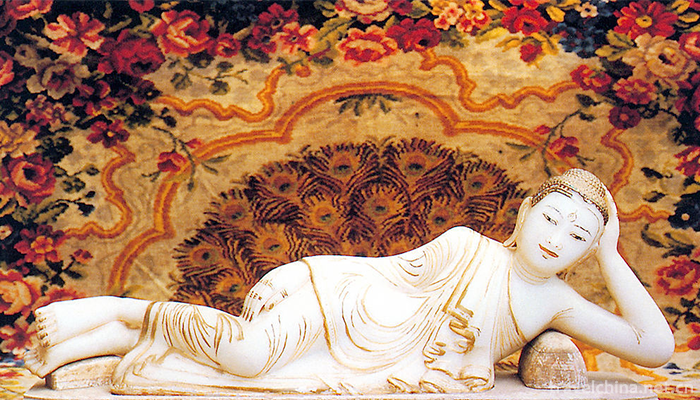

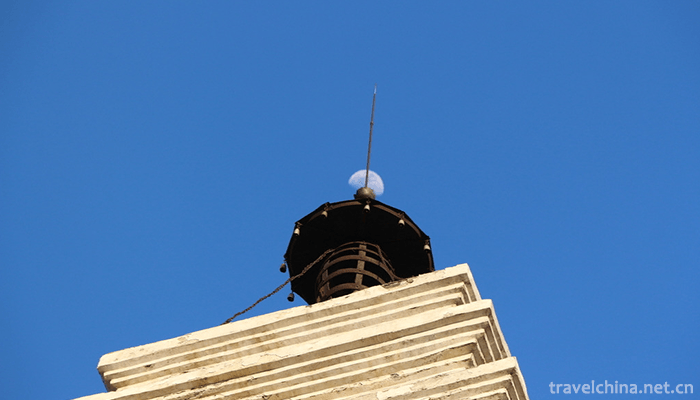
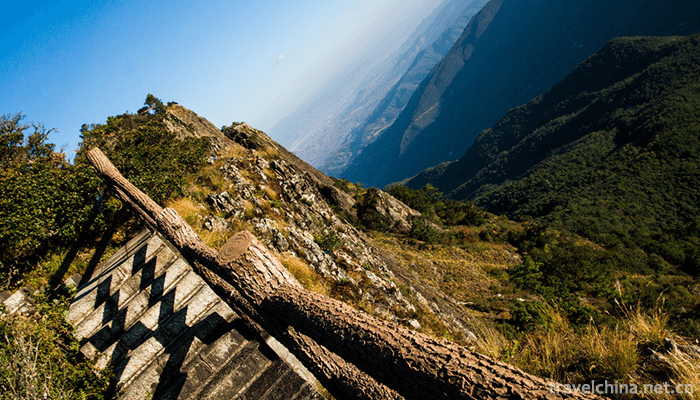
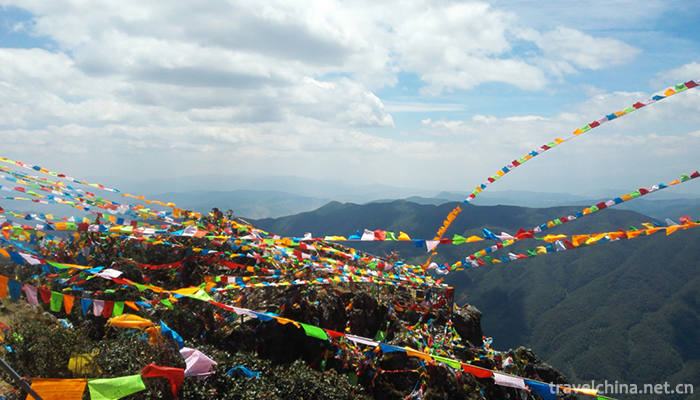
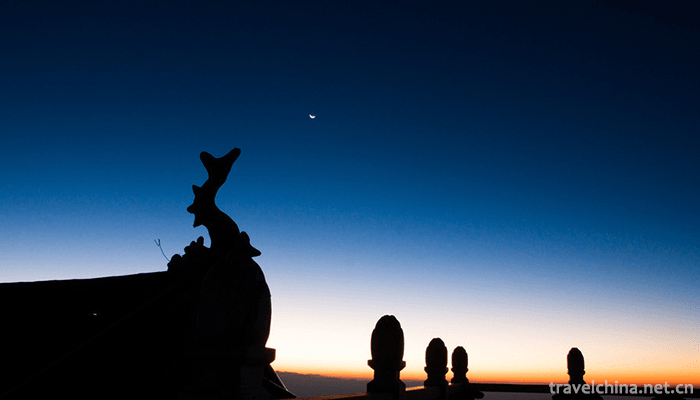
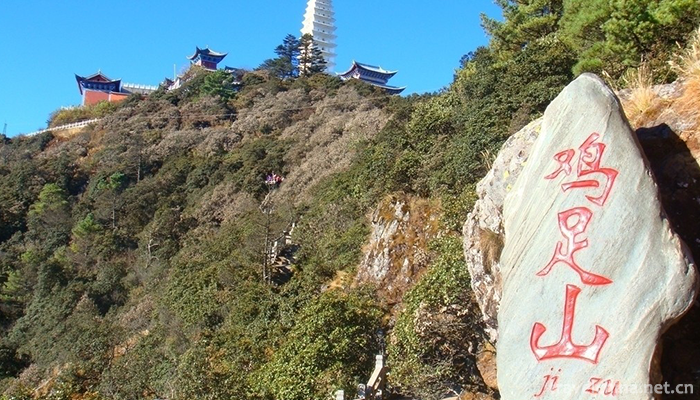
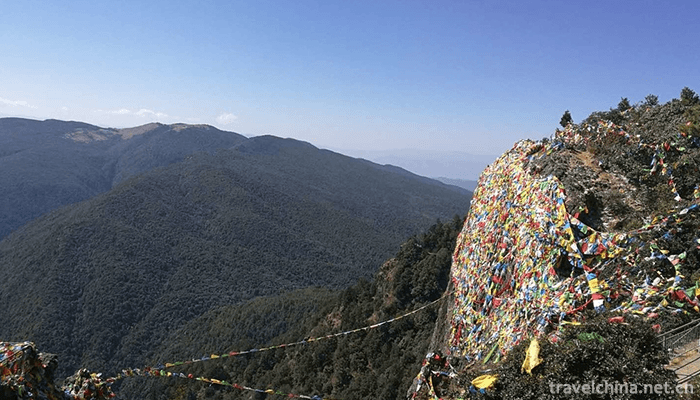
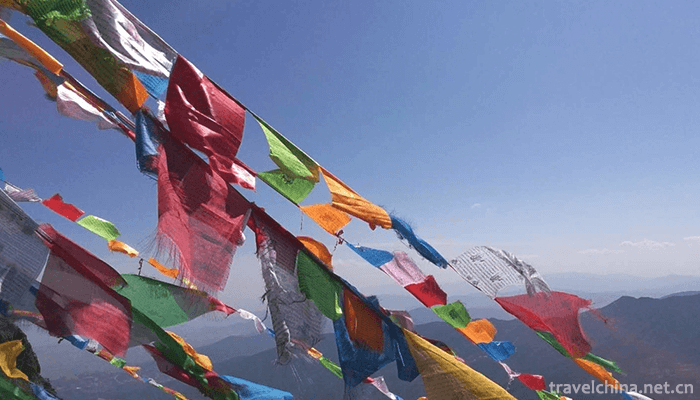
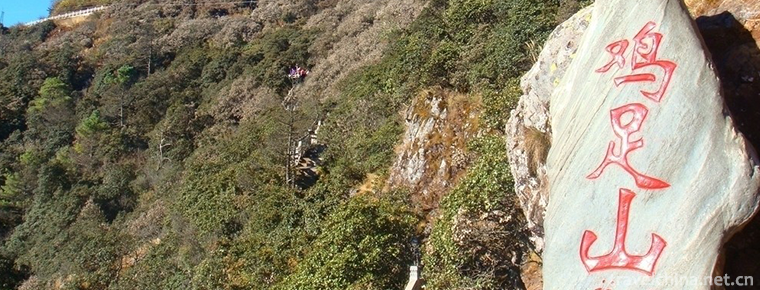
-
1.Changchun World Sculpture Park
Changchun World Sculpture Park is located in the south of Renmin Street in Changchun City. It covers 92 hectares, including 11.8 hectares of water.
Time 2018-12-05 -
2.South Australia Island Tourist Area
Nanao Island is the only island county in Guangdong Province. It is composed of 37 small islands with a land area of 130.90 square kilometers (including 128.35 square kilometers of the main island) an
Time 2019-02-07 -
3.Ancient dance Lao Gu dance
Ancient dance, the meaning of "breaking through the barrier" in Li language, is called "ancestor-telling" in ancient books. The ancestor worship originated from the primitive socie
Time 2019-05-11 -
4.March 3rd Festival of Li Nationality
The third day of March (the third day of the third month of the third lunar month) is the grandest traditional folk festival of the Li people in Hainan Province. It is also a beautiful day for the you
Time 2019-05-12 -
5.lion dance
Lion dance, also known as "Lion Dance", "Lion Lantern", "Lion Dance", "Lion Dance", "Lion Dance", is one of the folk dances of all ethnic groups in Ch
Time 2019-06-14 -
6.Tajik Marriage Customs
On the Pamir Plateau, which is more than 4000 meters above sea level, there is a Tajik people living in China. This is a people who can sing, dance and hospitality. Their life is full of mystery, and
Time 2019-06-17 -
7.Prince Wuwuwu quarrel
Prince Wujiaozi is one of the unique traditional folk dances in Beijing. It integrates entertainment, fitness and performance. Wujiaozi has a strong style, rough style, relaxation and generosity. Part
Time 2019-06-18 -
8.Tang Sancai Techniques
Tang tri coloured firing technique originated from the early Tang Dynasty. The tri coloured glazed pottery of Tang Dynasty, as the essence of traditional Chinese art in the Tang Dynasty, has a history
Time 2019-06-18 -
9.Legend of West Lake
The legend of West Lake is one of the local folklores in Hangzhou, Zhejiang Province. It is a national intangible cultural heritage list. Xihu beautiful mountains and rivers, snowflakes and moons, sin
Time 2019-07-01 -
10.Zhuxian Town Wood Print New Year Picture
Zhuxianzhen Wood Engraving New Year Picture is one of the ancient Chinese traditional crafts. As the originator of Chinese woodcut New Year pictures, is mainly distributed in Kaifeng, Zhuxian Town and
Time 2019-08-10 -
11.Cao Zhen
Cao Zhen(? - 231 years' name, Qin Zhen, Zi Dan. Pei country Qiao County (now Anhui) Bozhou City) people. Three countries Time Cao Wei Famous soldier, Emperor Wei Wu Cao Cao Foster son.
Time 2019-09-15